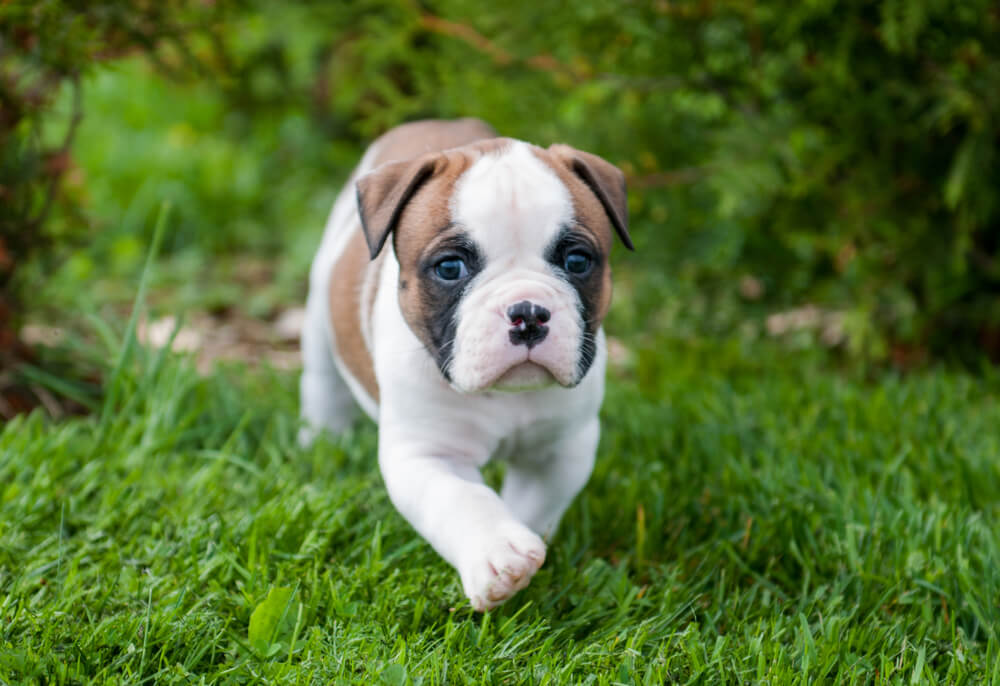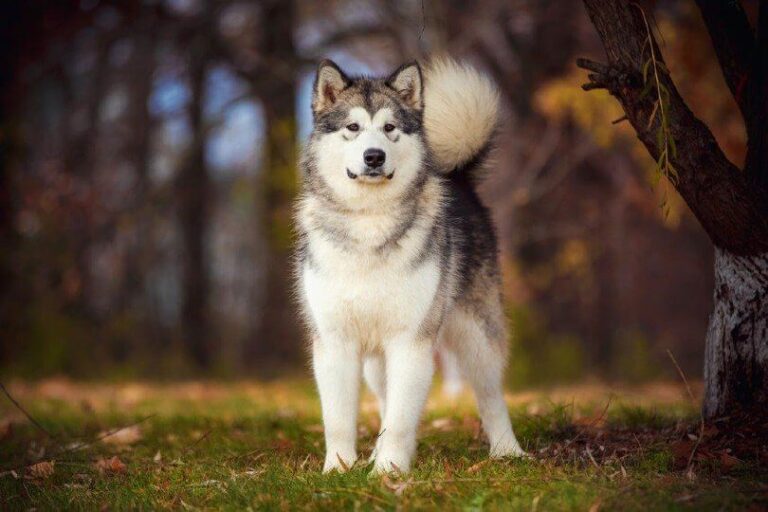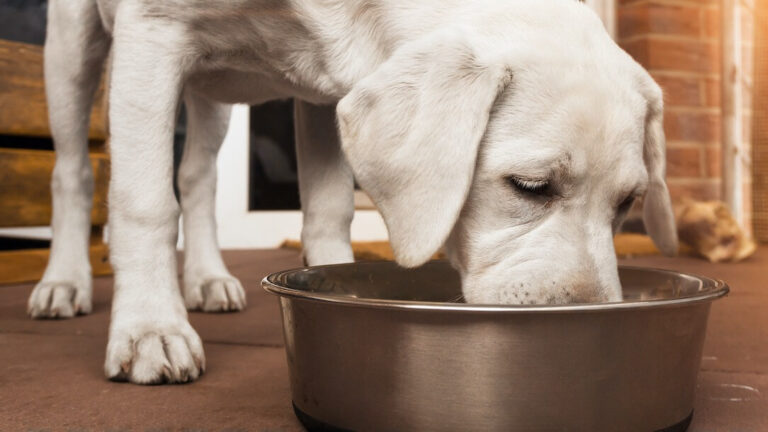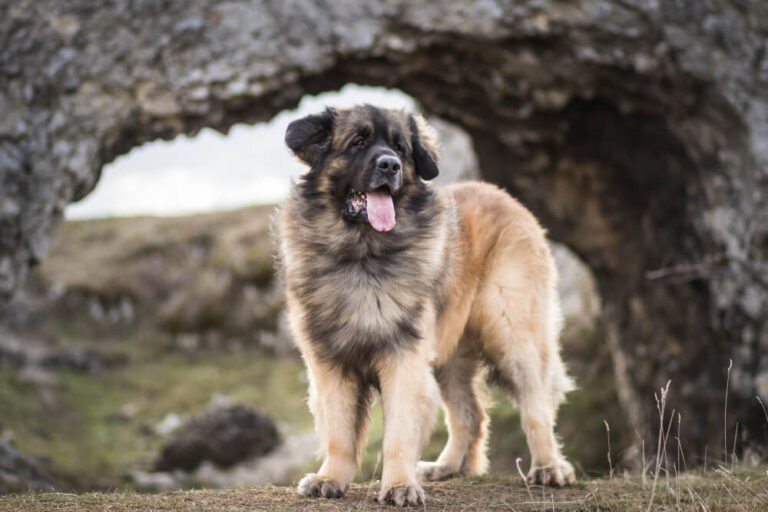American Bulldog Dog: Breed Info, Temperament & Care Guide
The American Bulldog is a powerful, athletic breed known for its loyalty and protective nature. Originating from the working dogs brought to America by immigrants; these dogs have evolved into versatile companions excelling in both work and family environments.
Contents
- 1 American Bulldog Dog Brief Overview
- 2 History and Origin
- 3 Physical Characteristics
- 4 American Bulldog Temperament
- 5 Training and Exercise Needs
- 6 Health and Lifespan
- 7 Diet and Nutrition
- 8 Grooming and Care
- 9 Living Conditions
- 10 American Bulldog as a Working Dog
- 11 American Bulldog Breed Standards
- 12 Choosing an American Bulldog Puppy
- 13 American Bulldog FAQs
American Bulldog Dog Brief Overview
American Bulldogs are medium to large-sized dogs with a strong build and muscular frame. They are known for their intelligence, affectionate nature, and unwavering loyalty, making them excellent family pets and guard dogs.
History and Origin
The American Bulldog traces its roots to the early 17th century, brought by working-class immigrants from England. These dogs were initially used for farm work, including guarding property, hunting wild game, and assisting with livestock. Over time, selective breeding refined their physical traits and temperament, leading to the distinct breed we recognize today.
Physical Characteristics

Size and Weight
American Bulldogs are robust and sturdy, with males typically weighing between 75 to 100 pounds and females between 60 to 80 pounds. They stand about 20 to 28 inches tall at the shoulder.
Coat and Colors
Their coat is short and smooth, requiring minimal grooming. The most common colors are white, brindle, fawn, and various combinations of these shades. Some may have black or brown markings, adding to their distinctive appearance.
Distinctive Features
American Bulldogs have a broad head, strong jaws, and a muscular neck. Their ears are typically small and may be natural or cropped, while their tails are long and thick at the base, tapering to a point.
American Bulldog Temperament
General Disposition
American Bulldogs are known for their confident, courageous, and loyal nature. They are protective of their families and can be wary of strangers, making them excellent watchdogs.
Interaction with Families and Children
This breed is particularly fond of children and can be gentle and affectionate with them. However, due to their size and strength, supervision is recommended when they are around small children to prevent accidental injuries.
Behavior with Other Pets
American Bulldogs can get along well with other pets if properly socialized from a young age. Their natural dominance means they may exhibit territorial behavior, so early training and socialization are crucial.
Training and Exercise Needs

Basic Training Tips
American Bulldogs are intelligent and eager to please, making them relatively easy to train. Consistent, positive reinforcement methods work best. Start training early to establish good behavior and social skills.
Advanced Training
These dogs excel in advanced obedience training, agility, and even protection sports. Their high energy levels and strong work ethic make them suitable for various activities that challenge both their mind and body.
Exercise Requirements
American Bulldogs require regular exercise to maintain their physical and mental health. Daily walks, play sessions, and structured activities like fetch or agility training are essential to keep them fit and happy.
Health and Lifespan
Common Health Issues
American Bulldogs are generally healthy, but they can be prone to certain conditions such as hip dysplasia, elbow dysplasia, and certain cardiac and thyroid issues. Regular veterinary check-ups and a healthy lifestyle can mitigate these risks.
Lifespan
The average lifespan of an American Bulldog is between 10 to 16 years. With proper care, a balanced diet, and regular exercise, many can live long, healthy lives.
Tips for Maintaining Health
Maintain a balanced diet rich in essential nutrients, provide regular exercise, and schedule routine veterinary visits. Early detection and treatment of health issues can significantly improve their quality of life.
Diet and Nutrition
Recommended Diet
A balanced diet consisting of high-quality dog food, either commercial or homemade, is essential. Ensure the diet is rich in proteins, healthy fats, and carbohydrates to meet their energy needs.
Foods to Avoid
Avoid feeding your American Bulldog chocolate, grapes, raisins, onions, garlic, and foods high in sugar or fat. These can be toxic and lead to serious health issues.
Feeding Schedule
Adult American Bulldogs typically do well with two meals per day, while puppies may require more frequent feeding. Always provide fresh water and monitor their weight to avoid obesity.
Grooming and Care
Coat Maintenance
American Bulldogs have a short coat that is relatively low-maintenance. Regular brushing once a week will help remove loose hair and keep their coat shiny.
Bathing and Hygiene
Bathing should be done as needed, usually once a month or when they get particularly dirty. Use a gentle dog shampoo to avoid skin irritation.
Nail Trimming and Dental Care
Regular nail trimming is essential to prevent overgrowth and discomfort. Dental hygiene is also crucial; brush their teeth several times a week and provide dental chews to maintain oral health.
Living Conditions
Ideal Home Environment
American Bulldogs thrive in homes where they have plenty of space to move around. A secure yard is ideal for them to run and play.
Adaptability to Different Living Spaces
While they prefer larger living spaces, American Bulldogs can adapt to apartment living if given enough exercise and mental stimulation.
Outdoor vs. Indoor Living
American Bulldogs are best suited to indoor living where they can be close to their families. They can spend time outdoors but should not be left alone for long periods.
American Bulldog as a Working Dog
Roles and Tasks
Historically, American Bulldogs were used for various tasks such as hunting, guarding property, and herding livestock. Today, they continue to excel in roles requiring strength and determination, such as search and rescue and protection work.
Historical and Modern Uses
Their strong work ethic and versatility make them valuable in modern roles, from being family protectors to participating in canine sports and competitions.
American Bulldog Breed Standards
Official Standards
The breed standards, as outlined by organizations like the American Kennel Club (AKC), include specific guidelines on appearance, temperament, and health. These standards help ensure the breed maintains its unique characteristics.
Differences Between Standard and Johnson Types
There are two primary types of American Bulldogs: the Standard and the Johnson. The Standard type is more athletic and lean, while the Johnson type is bulkier with a more pronounced jaw. Both types share the same general traits but differ in physical appearance.
Choosing an American Bulldog Puppy
Finding a Reputable Breeder
It’s crucial to find a reputable breeder who prioritizes the health and temperament of their dogs. Avoid puppy mills and ensure the breeder conducts health screenings and provides a nurturing environment.
What to Look For in a Puppy
Look for a puppy that is active, alert, and shows no signs of illness. Meet the parents if possible to gauge their temperament and health. Ensure the puppy has been socialized and exposed to various environments.
Adoption vs. Buying
Consider adopting from a rescue organization or shelter. Many American Bulldogs in need of homes can be found in rescues, and adoption gives these dogs a second chance at life.
American Bulldog FAQs
Common Questions
- Are American Bulldogs aggressive? No, they are not inherently aggressive but can be protective. Proper training and socialization are essential.
- Do American Bulldogs drool a lot? They can drool, especially after drinking or eating, but it varies from dog to dog.
- Are they good with children? Yes, American Bulldogs are typically good with children when properly socialized and supervised.
Myths and Misconceptions
- Myth: American Bulldogs are the same as Pit Bulls. They are distinct breeds with different histories and characteristics.
- Myth: They are only suitable for experienced dog owners. While they do require training and exercise, they can be ideal for first-time owners willing to invest the time and effort.
Related: Bull Terrier Dog Breed
Conclusion
American Bulldogs are loyal, protective, and versatile dogs that make excellent companions and working dogs. With proper care, training, and socialization, they can thrive in various environments and bring immense joy to their families.
- Golden Retriever Pros and Cons: What Every Pet Parent Should Know - 15 September 2025
- Cane Corso Dog Breed: Health, Care, and Lifespan - 14 September 2025
- Catahoula Leopard Dogs: Description, Temperament, Lifespan, & Facts - 21 July 2025







